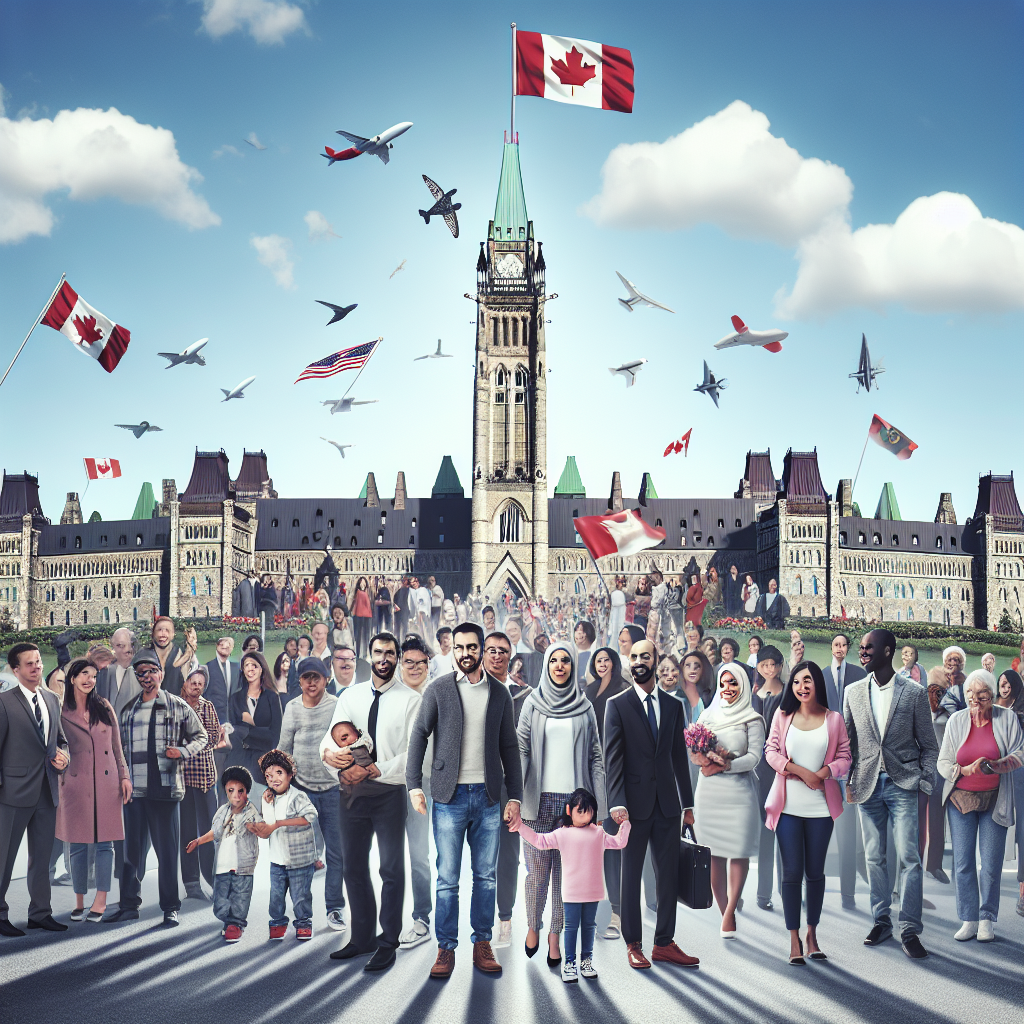PM Mark Carney Reveals Canada’s 2025 Immigration Priorities

Canada’s Immigration Reimagined: Prime Minister Carney’s Strategic Shift
In a pivotal press conference on May 2, 2025, Prime Minister Mark Carney unveiled a transformative approach to Canada’s immigration policy, emphasizing stability, infrastructure readiness, and economic growth. This marks a significant departure from previous strategies, aiming to better align immigration levels with the country’s capacity to support newcomers.
Key Highlights of the New Immigration Direction:
-
Stabilizing Permanent Resident Admissions:
- The government plans to limit permanent resident admissions to under 1% of Canada’s population annually starting in 2028. The targets for the next three years are set at 395,000 for 2025, 380,000 for 2026, and 365,000 for 2027, down from a previous target of 500,000. This reduction aims to alleviate pressure on housing, healthcare, and social services, ultimately benefiting both current residents and newcomers.
-
Capping Temporary Residents:
- With temporary residents, including international students and foreign workers reaching approximately 3.02 million (7.25% of the population) as of January 2025, Carney’s administration intends to reduce this figure to below 5% by 2028. Key measures include:
- Capping study permit applications.
- Tightening eligibility for the Post-Graduation Work Permit (PGWP).
- Ending Spousal Open Work Permits (SOWP).
- While new applicants will face stricter conditions, existing temporary residents will be presented with pathways to permanent residency.
- With temporary residents, including international students and foreign workers reaching approximately 3.02 million (7.25% of the population) as of January 2025, Carney’s administration intends to reduce this figure to below 5% by 2028. Key measures include:
-
Boosting Francophone Immigration:
- To promote bilingualism and support minority Francophone communities outside Quebec, the government has set incremental targets for francophone immigration: 8.5% in 2025, 9.5% in 2026, and 10% in 2027, with a long-term goal of 12% by 2029.
-
Enhancing Skilled Immigration:
- Carney’s plan includes revamping the Global Skills Strategy to expedite the hiring of skilled foreign workers and streamline the recognition of foreign qualifications. This approach aims to address labor shortages while modernizing immigration processes and improving support for asylum seekers.
- Housing and Economic Reforms:
- Complementing immigration reforms, Carney introduced the “Build Canada Homes” initiative, committing $25 billion to support housing development. This initiative aims to alleviate housing shortages and provide financial relief to first-time buyers by cutting the GST on new homes priced between $1 million and $1.5 million, potentially saving them up to $50,000.
Analysis: A Balanced Approach to Immigration
Carney’s immigration strategy reflects a pragmatic response to Canada’s evolving demographic landscape. By capping both permanent and temporary residents, the government is prioritizing sustainable growth over sheer numbers. This balanced approach recognizes the importance of infrastructure and social services, ensuring that Canada remains a welcoming environment for newcomers without overwhelming existing systems.
Moreover, the focus on francophone immigration and skilled labor positions Canada as a leader in promoting cultural diversity and economic resilience. By investing in housing and reducing bureaucratic barriers, the government aims to create an ecosystem conducive to both immigrants and long-standing residents.
What Lies Ahead?
As Canada embarks on this new immigration trajectory, the implications for potential immigrants are profound. Those considering a move to Canada, whether as students, workers, or permanent residents, must stay informed and prepared for these changes. This evolving landscape underscores the importance of strategic planning and professional guidance to navigate the complexities of immigration.
For anyone planning to study or work in Canada, now is the time to consult with immigration experts to understand how these new policies may impact your options. Staying ahead of these developments will be key to making informed decisions in this dynamic environment.
In summary, Prime Minister Carney’s immigration reforms signal a thoughtful recalibration of Canada’s approach to newcomers. By stabilizing immigration flows in tandem with economic and housing strategies, the government aims to foster a sustainable, inclusive, and prosperous future for all Canadians.
Reference



